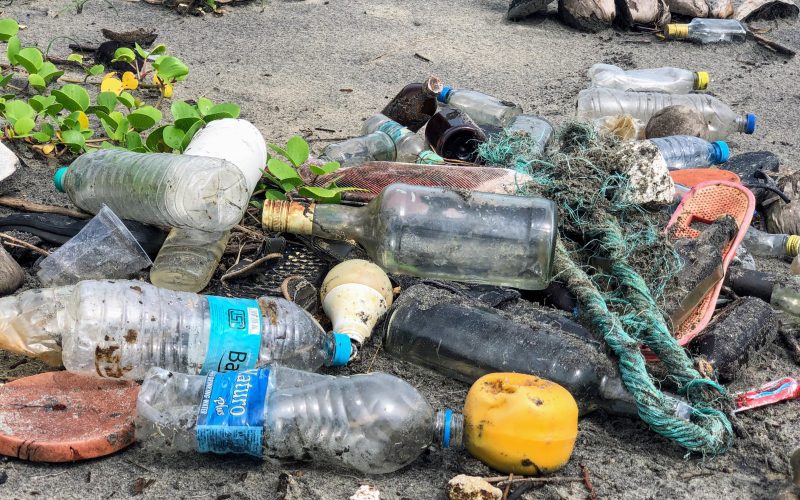Plastics are ubiquitous in our daily lives. From single-use packaging to durable products, plastic is found in almost everything we use. However, with the widespread use of plastic comes a growing concern about the impact it has on the environment. In this article, we will explore the challenges and innovations in waste management as they relate to the impact of plastics on the environment.
Plastics are durable, lightweight, and inexpensive to produce, making them an attractive choice for manufacturers. However, these very qualities that make plastic so useful also make it a significant problem when it comes to waste management. Plastic waste can take hundreds of years to degrade, and even then, it does not fully decompose but breaks down into smaller and smaller pieces known as microplastics. These microplastics can enter the food chain, posing a risk to the health of both wildlife and humans.
The impact of plastic waste on the environment is becoming increasingly apparent. Plastic waste has been found in the most remote areas of the planet, from the depths of the ocean to the tops of mountains. Marine life, in particular, is severely affected by plastic waste, with creatures becoming entangled in plastic debris or mistakenly ingesting it, leading to injury or death.
One of the main challenges in managing plastic waste is the sheer volume of it that is produced. According to the United Nations, approximately 300 million tons of plastic are produced each year, and this number is expected to double by 2034. Currently, only 9% of this plastic waste is recycled, with the rest either ending up in landfills or the environment.
To combat this problem, there have been many innovations in waste management. One approach is to reduce the use of single-use plastics by encouraging the use of reusable alternatives. This can include everything from reusable shopping bags and water bottles to the use of more sustainable packaging materials.
Another approach is to improve recycling infrastructure and increase the amount of plastic that is recycled. This can involve investing in new technologies that make it easier and more cost-effective to recycle plastic waste.
In addition to these measures, there are also innovations in the development of biodegradable and compostable plastics. These materials break down more easily than traditional plastics and do not pose the same risk to the environment. However, there are still challenges in the widespread adoption of these materials, including cost and the need for improved infrastructure to compost them effectively.
In conclusion, the impact of plastic waste on the environment is a significant challenge that requires a multi-faceted approach to address. While there have been many innovations in waste management, there is still much work to be done to reduce the amount of plastic waste that ends up in the environment. Encouraging the use of reusable alternatives, investing in recycling infrastructure, and developing new, more sustainable materials are all crucial steps towards a more sustainable future.












